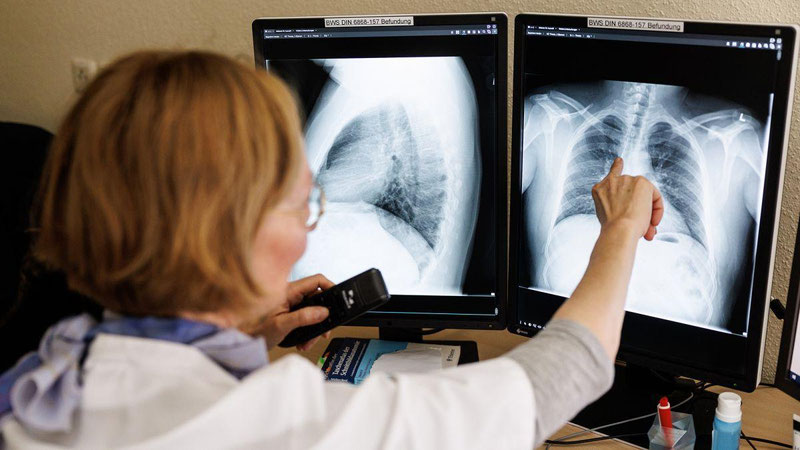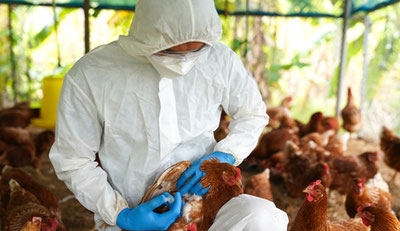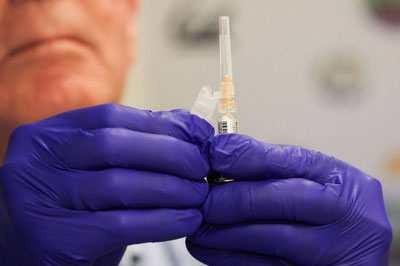The World Health Organization has announced new recommendations for early detection of tuberculosis and effective treatment with modern methods, reports the WHO Press Service.
It is noted that patients diagnosed with HIV, pregnant women, people who have been in contact with tuberculosis patients, healthcare workers, prisoners, migrants from countries where the disease is widespread, and drug users are considered to be at high risk.
This group should undergo appropriate screenings for tuberculosis detection and receive courses of preventive treatment against tuberculosis.
Furthermore, in the WHO guidelines, diagnostic methods based on symptoms remain a primary element in areas and conditions where high-tech diagnostic technologies are limited.
Nevertheless, the organization considers it appropriate to use advanced examination methods such as chest radiography and molecular diagnostics, depending on the patient group and available resources.
For the detection of latent (hidden) tuberculosis, it recommends the use of tuberculin skin tests (TST) or interferon-γ (IGRA) analysis.
In turn, advanced diagnostic methods — skin tests based on the Mycobacterium tuberculosis antigen (TBST) are also mentioned as effective for detecting infection in children and people with weakened immunity.
A distinctive feature of the new guidelines is the inclusion of short-term preventive treatment courses. This is because taking isoniazid daily for 6 or 9 months has been the standard course of preventive treatment for many years.
Although this scheme has been yielding good results in practice, the length of the course often poses difficulties for patients. Therefore, WHO suggests the following alternative treatment courses:
- A 3-month weekly course of rifapentine and isoniazid (3HP);
- A 4-month daily course of rifampicin;
- A 1-month daily course of rifapentine and isoniazid combination (1HP).
- For people prone to tuberculosis resistant to multiple drugs or rifampin, taking levofloxacin daily for 6 months is recommended.






